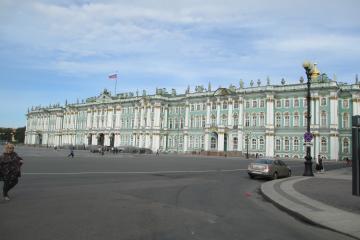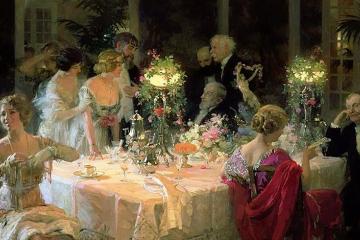This day of lectures tells the story of how Sergei Shchukin and Ivan Morozov brought hundreds of paintings of the French avant-garde to Russia at the beginning of the 20th century, how Matisse spent his time when he visited Moscow, and what happened to all the canvases by Monet, Cézanne, Gauguin and Picasso after the Revolution.
Matisse in Moscow: The Revolutionary Collection of Sergei Shchukin
In 1909, Henri Matisse received a commissionfrom his Moscow patron Sergei Shchukin for two enormous canvases.After creating a scandal by showing Dance and Musicat the Salon d'Automne, Matisse travelled to Russia to help install them in the stairway of Shchukin's mansion. This lecture tells the story of how a Russian industrialist fell in love with Matisse after infatuations with Monet and Gauguin, how Matisse fell in love with Russian icons, and how his riotous paintings electrified the artistic rebels of Moscow's youngavant-garde.
From Van Gogh to Cézanne: The Morozov Brothers and the Parisian Avant-Garde
Mikhail Morozov, scion of Moscow's most famous merchant dynasty, became the first Russian to buy a painting by Van Gogh. After he died in 1903, having been unable to curb his life of excess, his younger brother Ivan followed suit,becoming the first Russian collector of Picasso, and gradually amassing eighteen works by Cézanne, his favourite painter. This lecture discusses the brothers' remarkable collections and their interest in contemporary art.
Picasso in St. Petersburg: The Hermitage and its Masters of Modern Art
The pioneering Moscow collectors Shchukin and Morozov emigratedafter the Revolution andtheir collections were united to create the pioneering State Museum of New Western Art. In 1948, however,Stalin ordered its closure. This lecture recounts the museum's history. It tells how a brave female curator helpedrescue the museum's most radical paintings for the Hermitageamid fears they would be destroyed, and what happened next toMatisse's The Dance and 27 Cubist masterpieces by Picasso.






